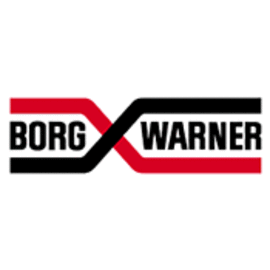Fordomatic
Brand
In 1948, Ford Engineering Vice President Harold Youngren, recently hired away from Borg-Warner, recommended that Ford license and build a transmission using a design he was working on at his previous employer. Ford and Borg-Warner signed a contract in 1948 which entered B-W into a supply agreement wherein they would build half of Ford's transmissions for five years, with the other half either being built by Ford or by a different supplier. Because of this agreement, Ford licensed the design themselves and broke ground immediately on an assembly plant to build the remaining transmissions. The new plant, called Fairfax Transmission Plant, was dedicated in 1950. Through the use of an integrated torque converter and planetary gearset, Ford's automatic shifted smooth without an interruption in torque from the engine. It also changed the shifting pattern, revised from PNDLR to PRNDL, which served to reduce "shift shock" when changing gears and reduce "torque shock" when trying to rock a stuck car back and forth. The original Ford-O-Matic, while capable of three forward speeds, started out in second and shifted to third, with first only being used when selecting L on the gear shift column. The Ford-O-Matic was manufactured from 1951 until it was replaced by the C-4 in 1964.
Subject ID: 39612
MoreIn 1948, Ford Engineering Vice President Harold Youngren, recently hired away from Borg-Warner, recommended that Ford license and build a transmission using a design he was working on at his previous employer. Ford and Borg-Warner signed a contract in 1948 which entered B-W into a supply agreement wherein they would build half of Ford's transmissions for five years, with the other half either being built by Ford or by a different supplier. Because of this agreement, Ford licensed the design themselves and broke ground immediately on an assembly plant to build the remaining transmissions. The new plant, called Fairfax Transmission Plant, was dedicated in 1950. Through the use of an integrated torque converter and planetary gearset, Ford's automatic shifted smooth without an interruption in torque from the engine. It also changed the shifting pattern, revised from PNDLR to PRNDL, which served to reduce "shift shock" when changing gears and reduce "torque shock" when trying to rock a stuck car back and forth. The original Ford-O-Matic, while capable of three forward speeds, started out in second and shifted to third, with first only being used when selecting L on the gear shift column. The Ford-O-Matic was manufactured from 1951 until it was replaced by the C-4 in 1964.
Subject ID: 39612
Subject ID: 39612
